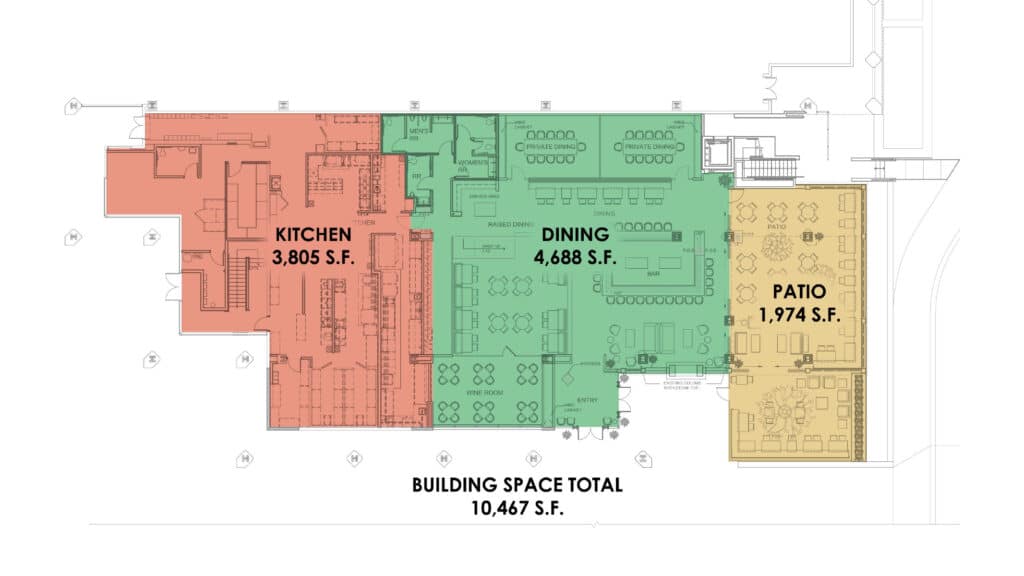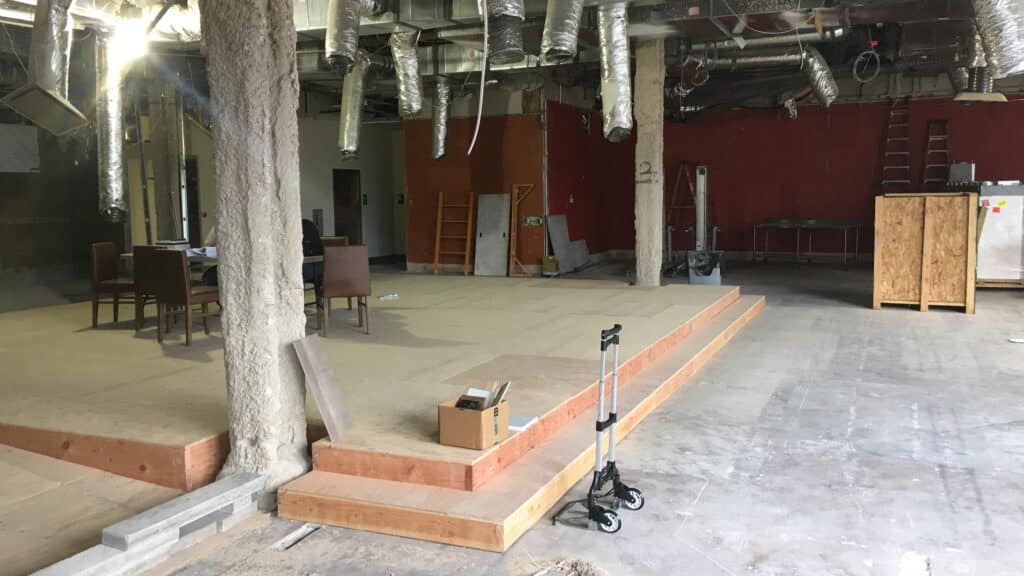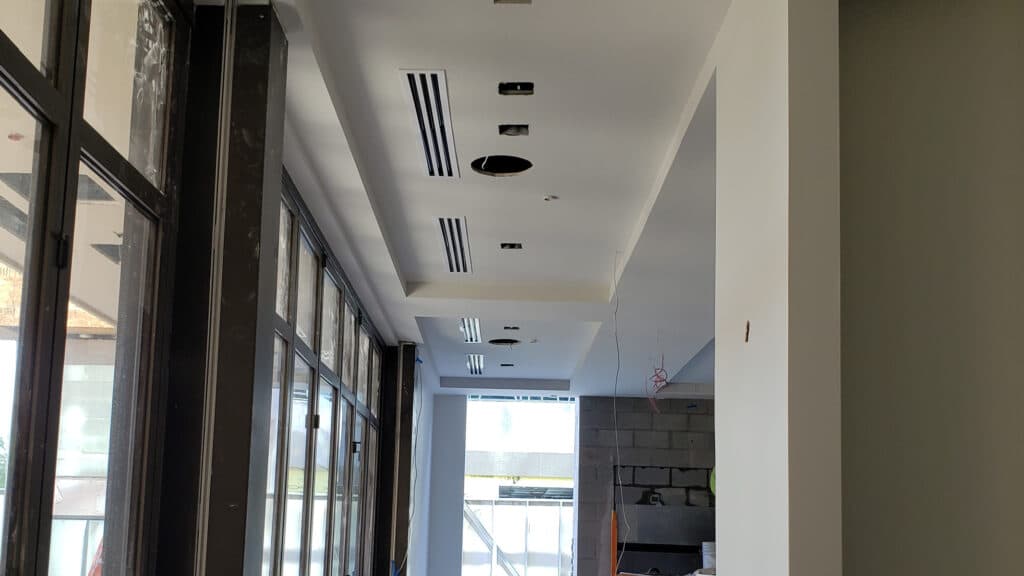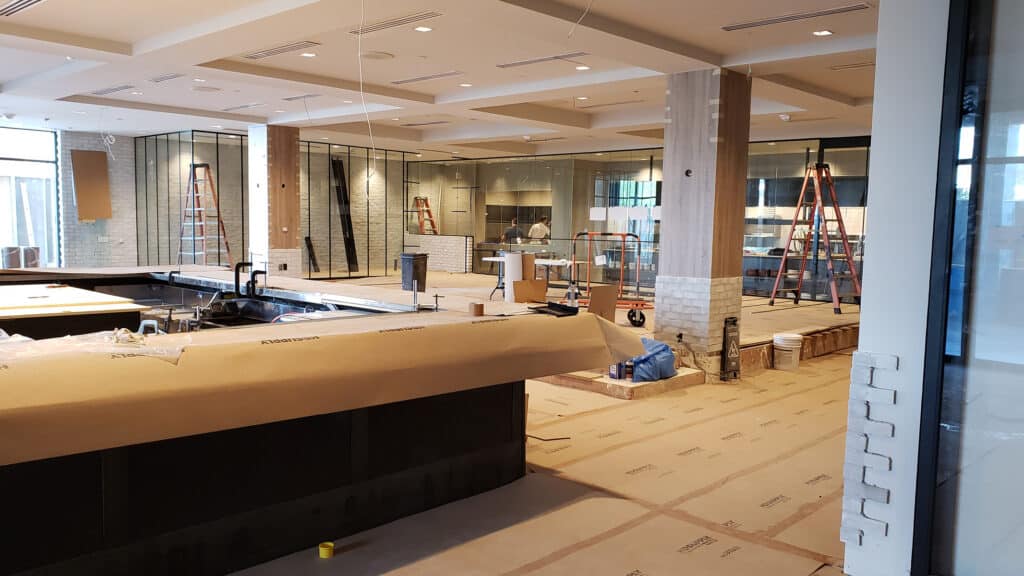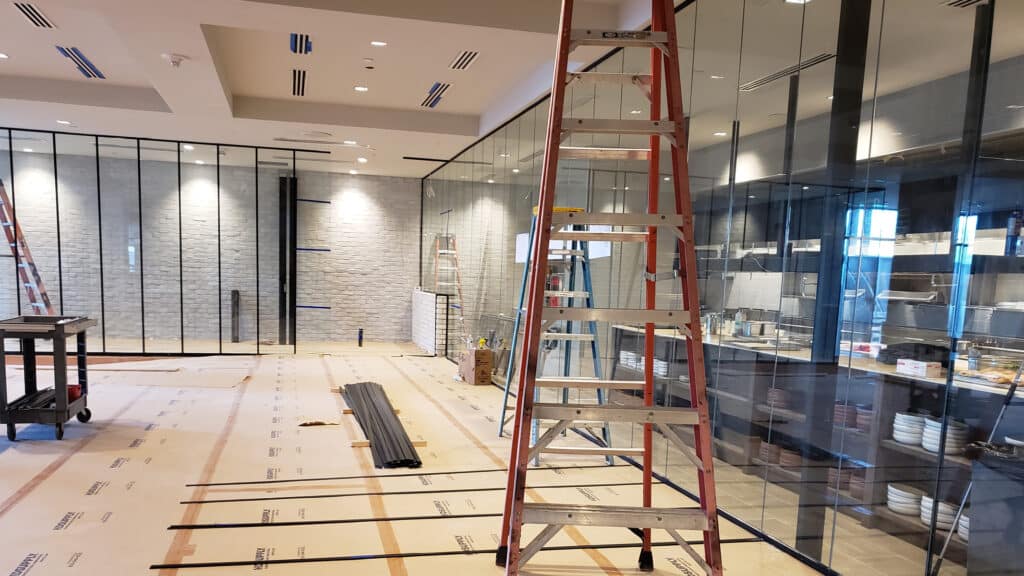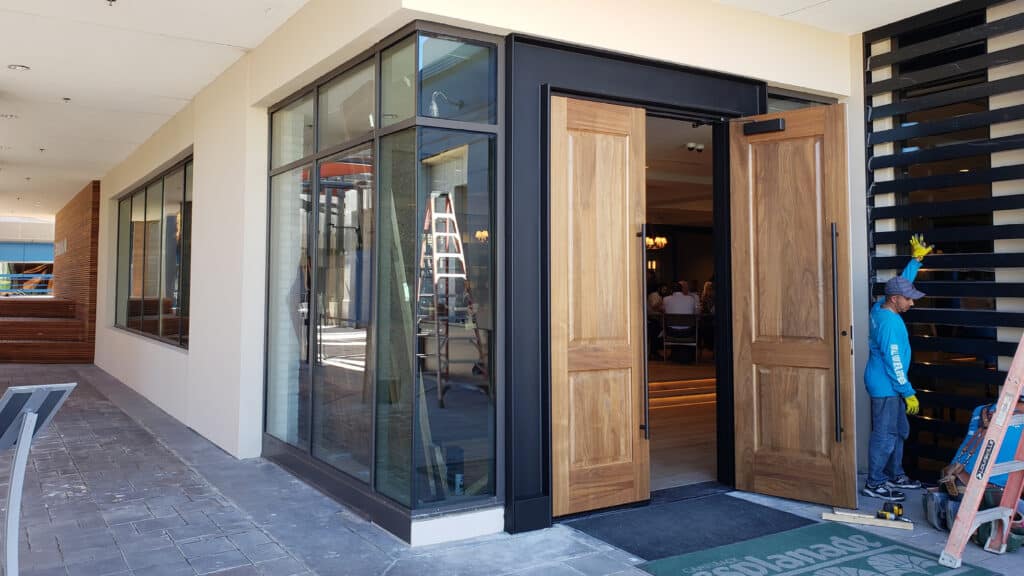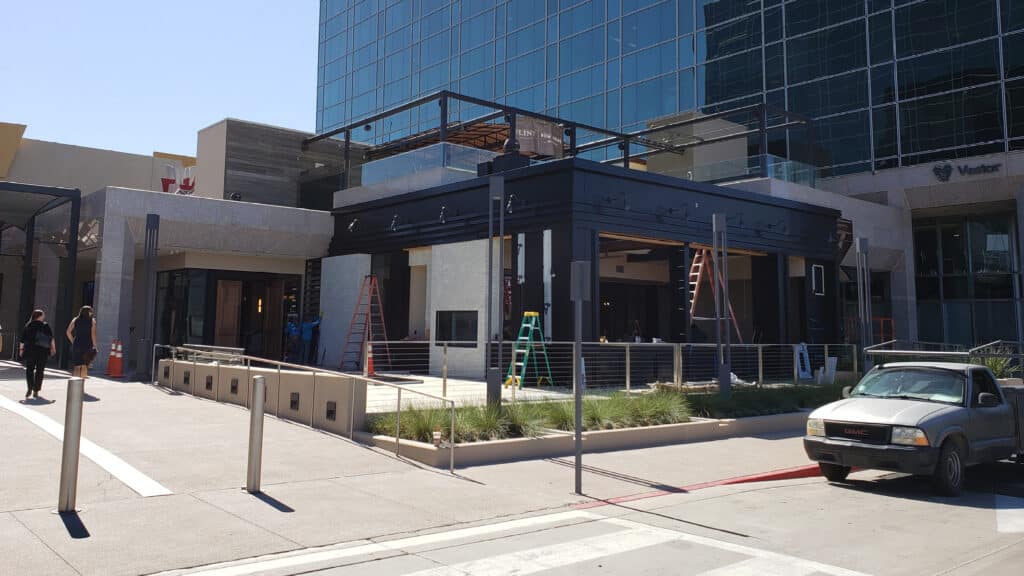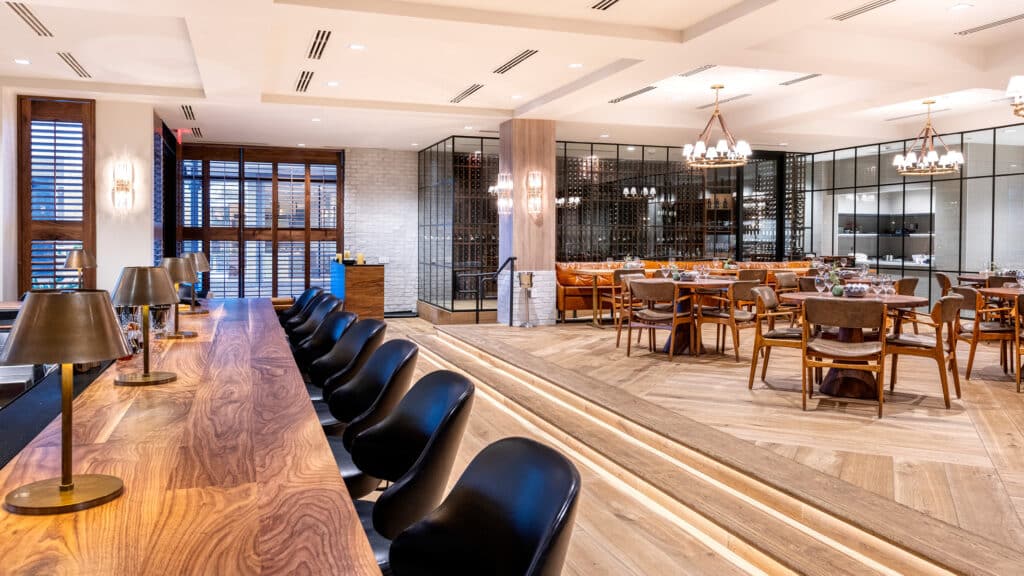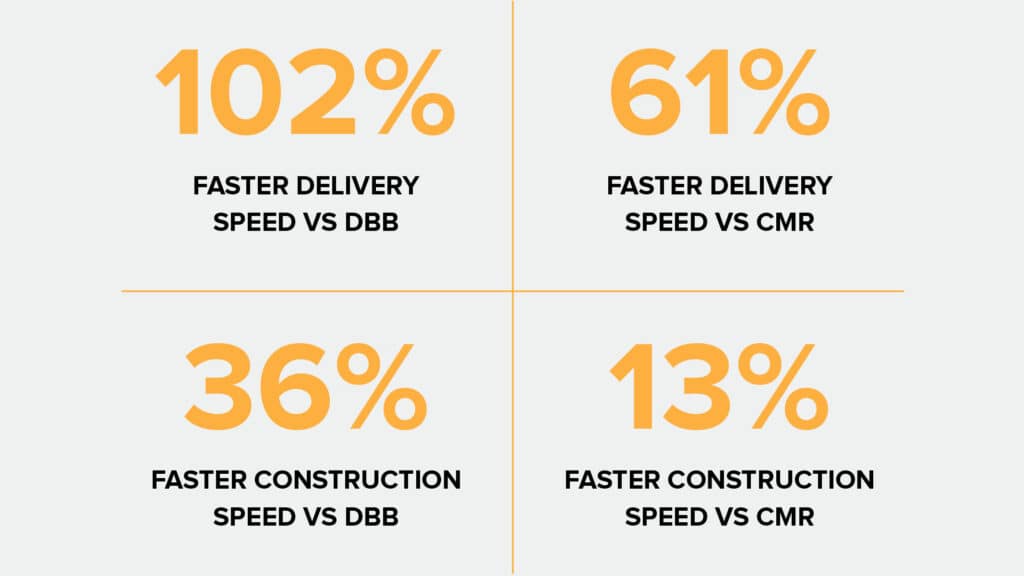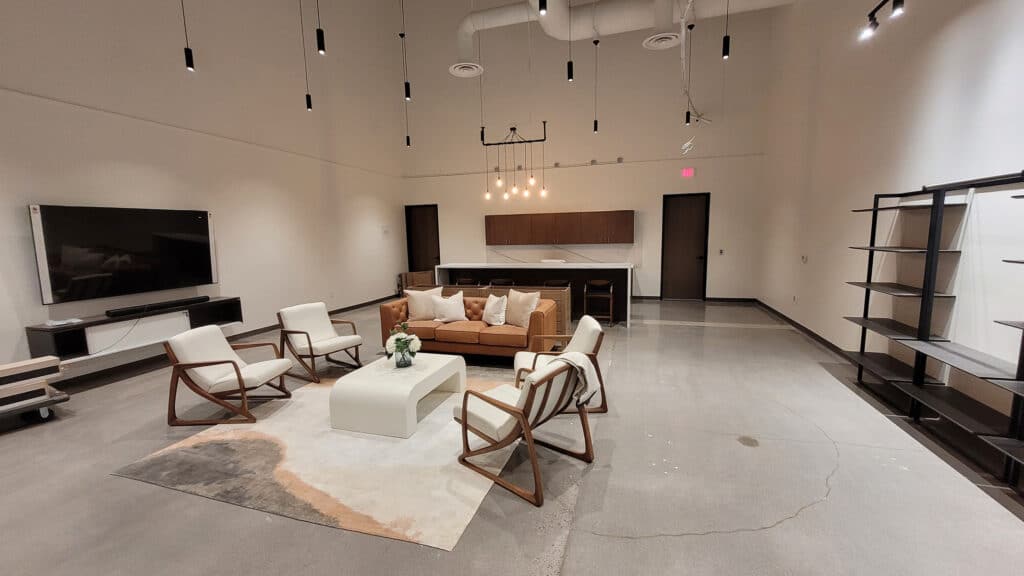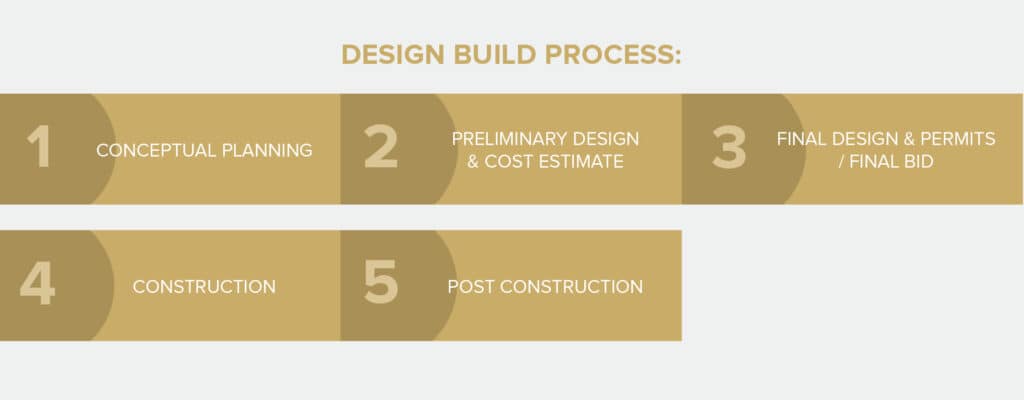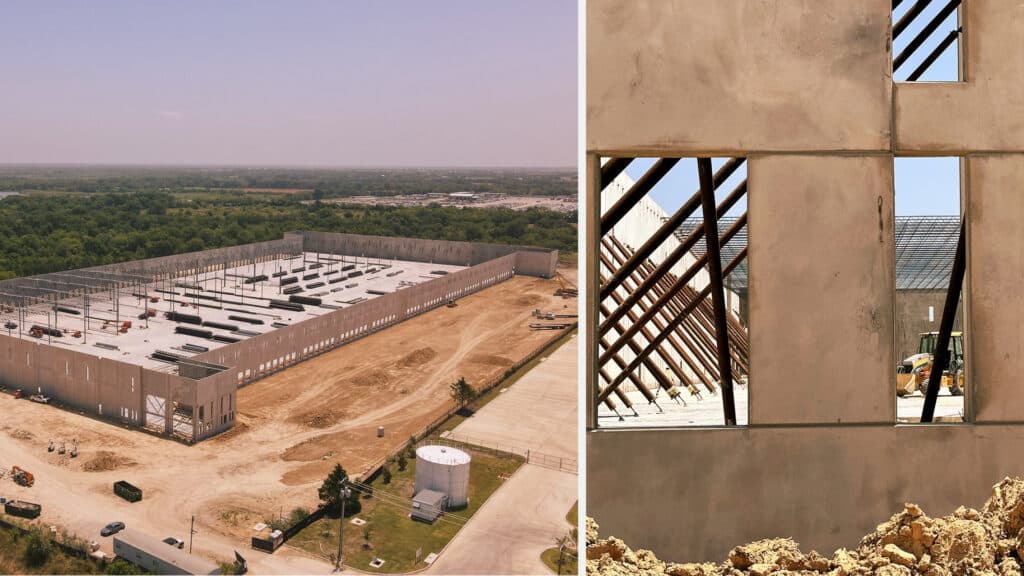Inc. Magazine recently released its prestigious list of America’s fastest-growing private companies, and we are thrilled to announce that LGE Design Build has made its debut appearance on this exclusive list. We’re excited to share this accomplishment with our valued clients and partners who have been instrumental in our remarkable growth journey.
LGE Design Build’s impressive three-year growth rate of 186% has earned us a place at number 2,850 on Inc.’s list. This recognition is a testament to our unwavering commitment to delivering excellence in design and construction services to our clients. It also highlights the dedication of our exceptional team members who have played a pivotal role in our success.
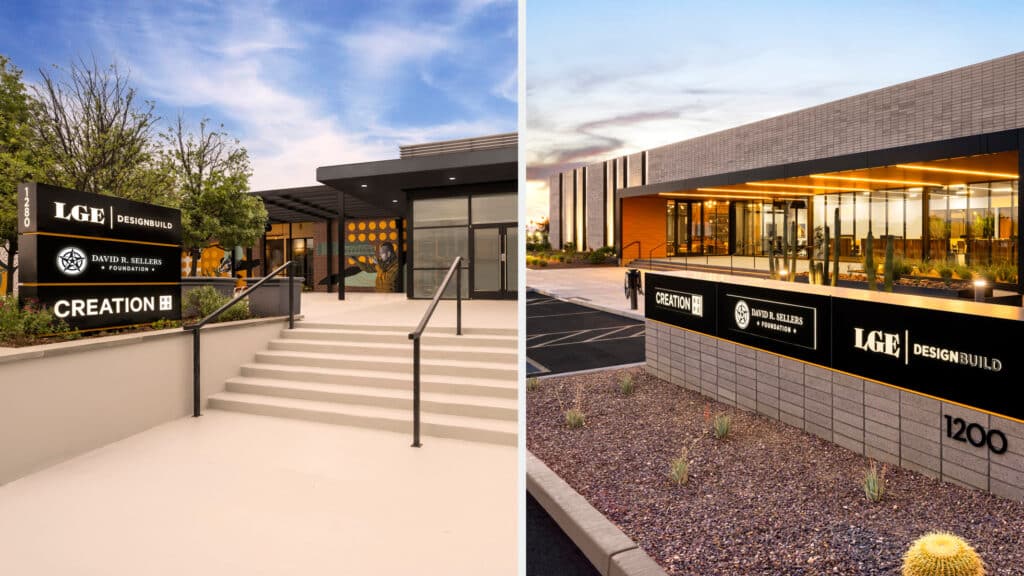
Founded nearly 30 years ago, LGE Design Build has established itself as a leader in the design-build commercial construction market. Over the past five years, we have experienced significant growth, with a revenue increase of more than 290%. We take pride in being the only large-scale design-build firm in Arizona and one of the few in Texas.
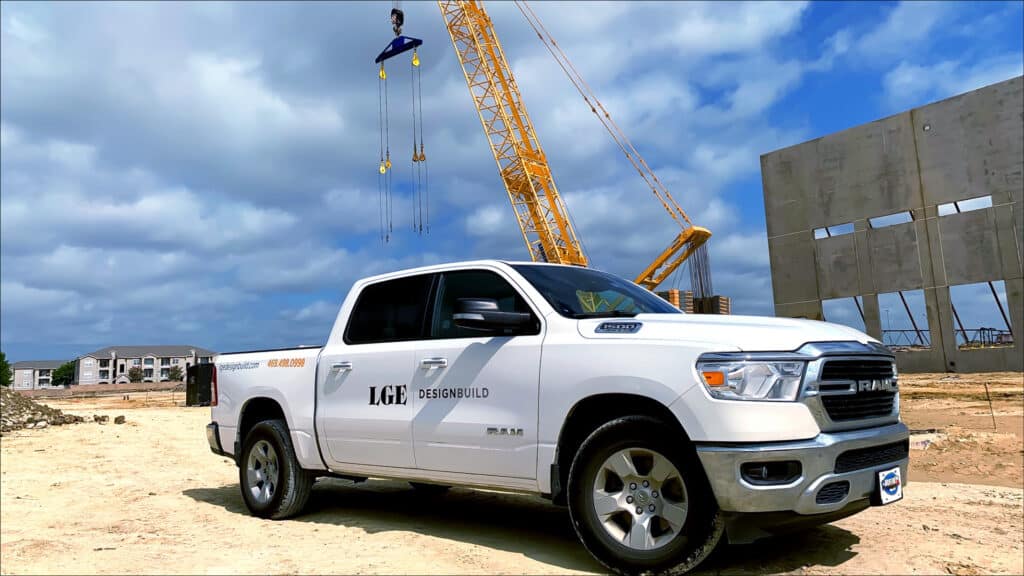
Looking ahead, we have ambitious plans for continued expansion. LGE Design Build is poised to enter southern U.S. markets and diversify our portfolio by venturing into the multifamily sector. This expansion will complement our existing offerings, which span industrial, office, retail/restaurant, mixed-use, educational, adaptive reuse, and medical projects.
At the helm of LGE Design Build and its remarkable growth is our CEO, David Sellers, who has also achieved the rare distinction of guiding our company to secure a spot on the Inc. 5000 list.
“I am incredibly proud of our team members and our unwavering commitment to excellence, innovation, and making a positive impact in every facet of our business. Our philosophy has always been to think outside the box and set high standards for quality.”
– David Sellers, CEO, LGE Design Build
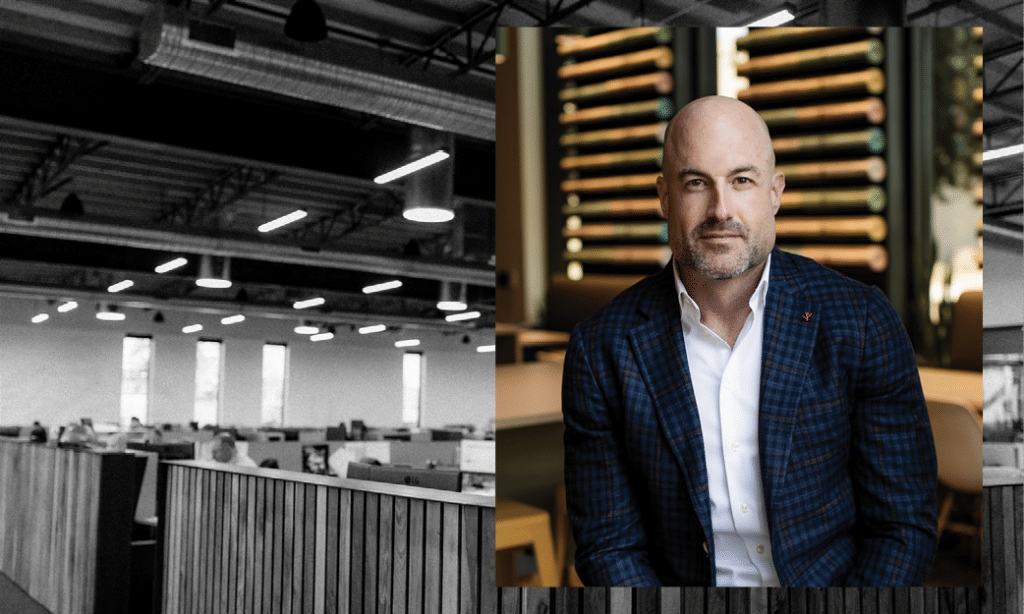
We would like to express our gratitude to our clients, partners, and team members for their continued support and dedication. Being recognized on the Inc. 5000 list is a significant milestone for us, and we look forward to even greater achievements in the future as we continue to innovate, grow, and provide exceptional design-build solutions to our clients.
Thank you for being part of our journey at LGE Design Build. We invite you to stay tuned for more exciting developments as we expand our horizons and raise the bar for excellence in the construction industry.
